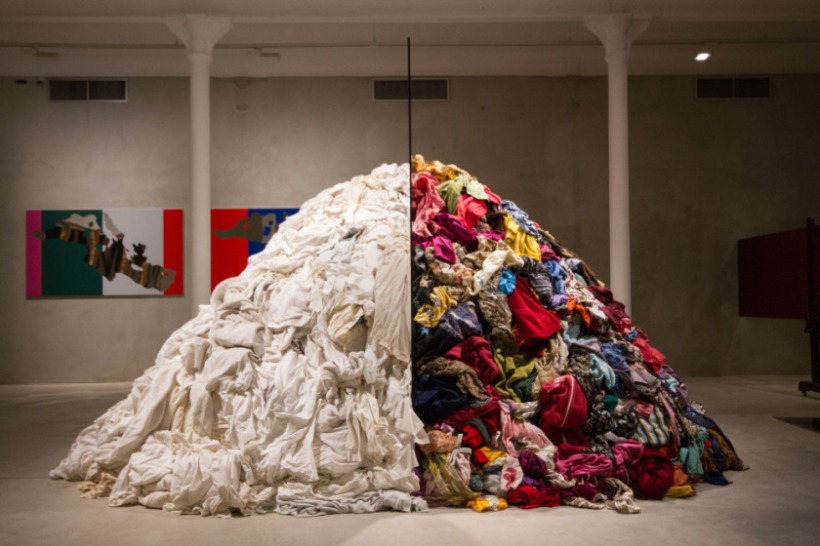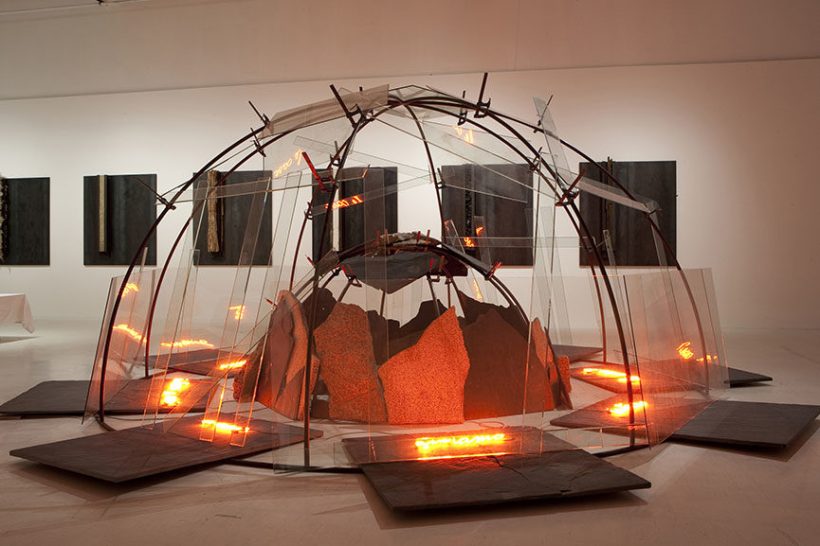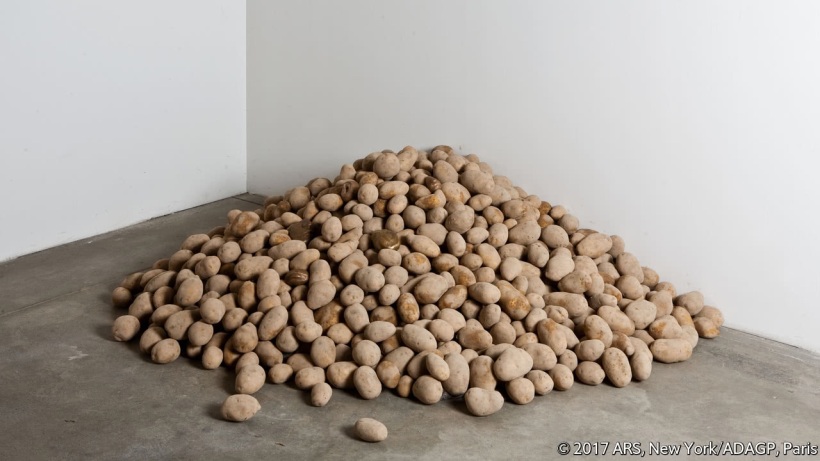Introducing “Actual” Art, Also Known as Poor Art
Arte Povera, also known as “Anti-Form,” “Actual Art,” or “Raw Materialist Art,” was an Italian art movement that generally shunned the use of expensive and proprietary materials and techniques. It began when a group of avant-garde artists based in Italy in the mid-1960s started producing works from otherwise worthless objects, such as scraps of wood, soil, and old rags. The group fused minimalism, conceptual art, assemblage, and performance art to create a new, revolutionary genre. Enzo Sperone, an art dealer in Turin, decided to promote the group as did curator and art critic Germano Celant, who coined the movement’s name, which is an Italian term meaning poor or impoverished art.
The Influences Behind Arte Povera
As there is no fixed rule that determines what constitutes an art movement, the best way to learn more about it is to explore the elements that influenced its origins. It is widely believed that there were three main influences behind the initial Arte Povera contributors: Piero Manzoni’s ironic approach to avant-garde art; Joan Brossa’s Dau al Set, which experimented with the translation of the conscious and the unconscious into art; and Lucio Fontana’s Spatialism movement, which attempted to synthesise colour, space, motion, and sound in art form. The beginning of the Arte Povera movement is also believed to have been influenced by sentiments stemming from the economic and political chaos in Italy at the time.
Arte Povera vs. Neo-Dadaism vs. Nouveau Realisme
Arte Povera has been called an echo of the Neo-Dada art movement because of its informal approach and contempt for convention. It also embodied some facets of the Nouveau Realisme movement yet remained a unique form because of how its artists tended to imbue their works with a higher level of intellect and emotion. Some of the movement’s most notable artists included: Mario Merz, whose work focused on organic creation; Jannis Kounellis, known for unusual constructions highlighting spiritual and social deprivation; Luciano Fabro, who used vegetables and other organic items in mixed media works; and Gilberto Zorio, whose innovative art used pitch and light tubes together with natural processes, such as oxidation and evaporation.
The Movement’s Imprint on Art History
Arte Povera artists employed an assortment of raw materials, including wood, seeds, vegetables, rags, sand, and coal as well as metal or glass products. Although many of the materials were obtained free of charge, the “worthless” or “poor” nature of the process was sometimes miscalculated. Some of the works involved the use of expensive materials and were displayed in some of the most refined and exclusive venues. Although not many of the Arte Povera artists became internationally renowned for their works outside of avant-garde circles, the movement managed to establish a solid space in the progressive postmodernist art world. Today, these works can be seen at top art museums in the United States and Europe, including the Museum of Modern Art in New York, the Courtauld Institute in London, the Kunstmuseum in Liechtenstein, and the Castello di Rivoli Museum of Contemporary Art in Italy.